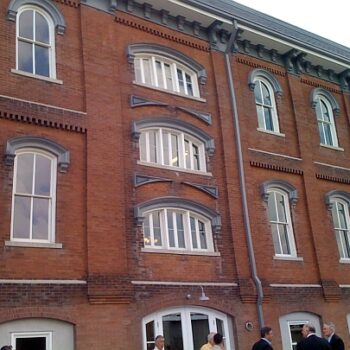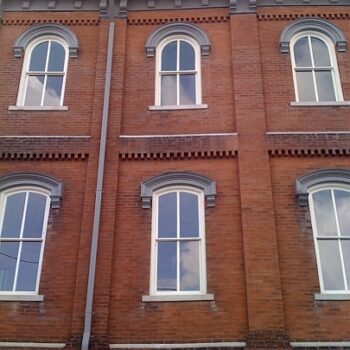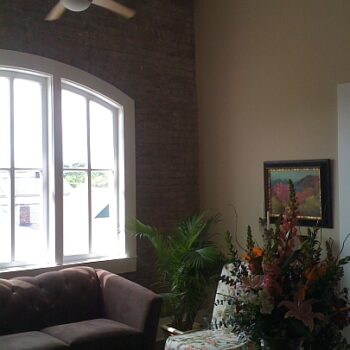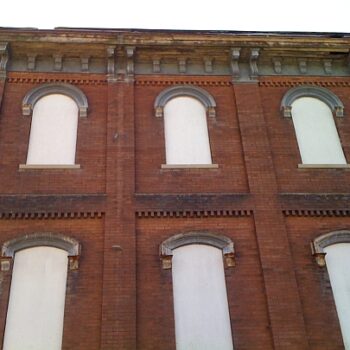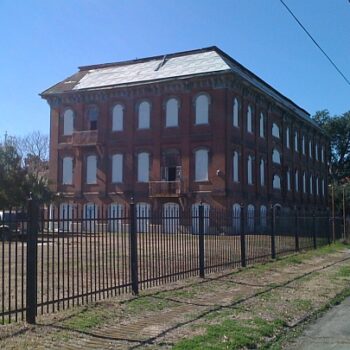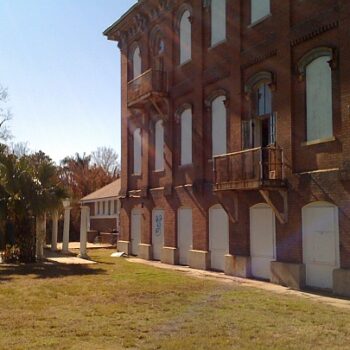Restoring job growth to the nation’s economy is the primary objective of policymakers today, and most economists believe that the most significant opportunities for new employment will be found within the healthcare industry. The boomer generation is aging, and the percentage of the nation’s population that is over age 65 is anticipated to increase appreciably in the coming 50 years, generating steady growth in demand for healthcare. Furthermore, ever-increasing longevity on the part of the nation’s elderly, coupled with the geographical fragmentation of the extended family has meant that demand for assisted living services is growing at an even faster rate than demand for healthcare overall.
Like the nation as a whole, New Orleans is in need of additional assisted living capacity, and, in the wake of Katrina, there is an insufficient supply of entry-level job opportunities available to disadvantaged individuals. Crescent Growth Capital was able to help address both challenges by structuring and closing the financing to fund the construction of the new Belleville Assisted Living Facility. The Belleville ALF will provide 53 badly-needed assisted living units in a 55,000 square-foot facility, while simultaneously creating nearly 50 jobs and returning to commerce a historic but blighted school building in New Orleans’ Algiers Point National Register Historic District.
The Belleville ALF is located on New Orleans’ West Bank, across the Mississippi River from the city’s historic core. Extensive development on the West Bank did not begin until the late 1950s, with the completion of the Greater New Orleans Bridge linking downtown to Algiers. For the next thirty years, the West Bank offered middle-income families new, affordable housing, extensive employment opportunities, and plentiful shopping. Conditions began to sour, however, in the wake of the mid-1980s Oil Bust. In a matter of months, the West Bank suffered tens of thousands of job losses; in the succeeding twenty years, poverty, crime and disinvestment increasingly characterized what had been a stereotypically prosperous American suburb.
Belleville ALF constitutes a significant and visible investment on the West Bank. A former elementary school that had lain dormant for over thirty years will be rehabilitated and restored to commerce. The historic fabric extant on the property will be adaptively re-used, embodying the highest aspirations of the green building movement – as there is no greener building than a re-used building. The region’s shortage of assisted living capacity, acutely felt on the West Bank, will be meaningfully eased by Belleville’s 53-unit facility. Most significantly, nearly fifty new jobs will be created, over half of which will be entry-level positions ideal for the West Bank’s disadvantaged low-income population.
Despite demonstrable demand for additional assisted living units, the New Orleans West Bank is considered a challenging location for market rate investment; conventional lenders had been unwilling to underwrite the entire cost of the Belleville facility. In response, Crescent Growth Capital and the principals of the Belleville ALF project devised a capital stack that took advantage of the location’s existing historic fabric as well as the highly-distressed character of the contemplated investment to integrate federal and state historic tax credit equity with the New Markets Tax Credit financing structure.
The tax credit equity generated by this structure lowered the project’s borrowing requirements and enabled the successful underwriting of a smaller conventional loan. Without the use of tax credit equity, it would have been impossible to secure funding sufficient to complete the project.

